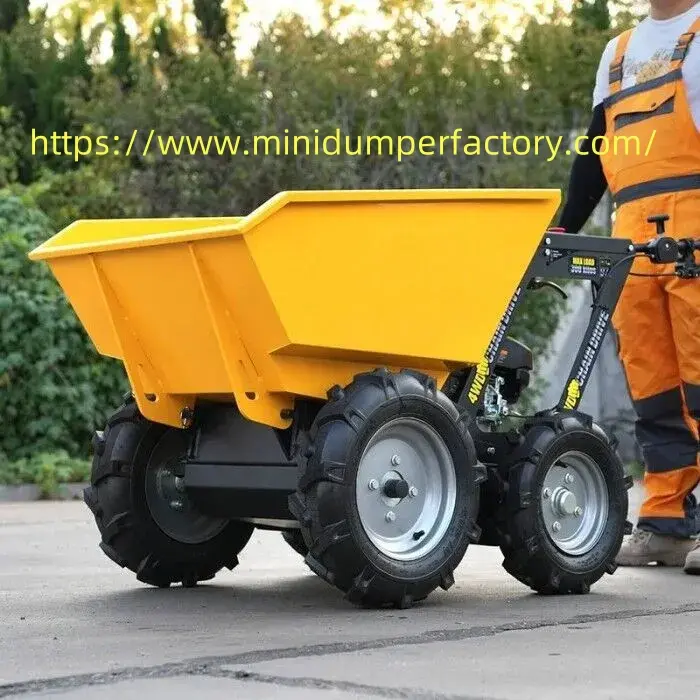Maintenance Best Practices for Reliable KONSTANT Power Barrow Performance
Posted by Mark Lester
Filed in Business 10 views
Efficient material transportation on construction and landscaping sites is vital for maintaining productivity and meeting project deadlines. The introduction of the Power Barrow has revolutionized how materials are moved by combining motorized assistance with the classic wheelbarrow design, allowing workers to transport heavy loads with significantly less effort. This innovation is particularly valuable in environments where space constraints limit the use of larger vehicles.
These compact machines are designed to handle various types of terrain, including rough, uneven, or sloped surfaces. Equipped with reliable engines—either electric or diesel—they deliver consistent power to maneuver bulky materials like soil, gravel, sand, or concrete. Their size and agility enable operators to access narrow paths and tight spaces that would otherwise be inaccessible with traditional heavy machinery.
One major benefit is the reduction of physical strain on workers. The motorized assistance means less fatigue, fewer injuries, and enhanced productivity. Operators can focus on navigating difficult terrain and safely handling loads without the burden of manual propulsion. This not only improves worker wellbeing but also contributes to faster project completion times.
Safety is an integral part of these machines'design. Features such as ergonomic handles, automatic braking systems, and emergency stop buttons enhance control and prevent accidents. The low center of gravity helps maintain stability, reducing the risk of tipping even when transporting uneven or heavy loads. Such improvements reflect a growing industry emphasis on protecting operators while optimizing performance.
Versatility is another strong point. These machines serve multiple sectors beyond construction, including agriculture, landscaping, and even facilities maintenance. Their adaptability is enhanced by options like interchangeable trays and adjustable load capacities, making them suitable for a wide range of hauling tasks. This flexibility ensures that users can rely on a single machine for various operational needs.
Durability and maintenance are essential considerations. Manufacturers prioritize the use of robust materials and smart engineering to withstand frequent use in harsh conditions. Easy access to key components allows for quick servicing, minimizing downtime and extending the machine's operational life. Such reliability offers users excellent return on investment.
Eco-friendly models powered by rechargeable batteries are becoming increasingly popular. These electric variants emit no exhaust fumes and operate quietly, making them ideal for indoor use or noise-sensitive locations. They represent a growing trend toward sustainable practices within the material handling equipment industry.
In conclusion, this powered transport device offers a practical and safe solution to many material handling challenges. By combining ease of use, safety features, and versatility, it helps professionals across industries work more efficiently and reduce physical strain. Investing in such equipment is a smart choice for any operation aiming to enhance productivity and worker safety.
